Lessons from Hiroshima’s reconstruction for the COVID-19 pandemic: Passing the baton of peace to the rest of the world and future generations via the Internet
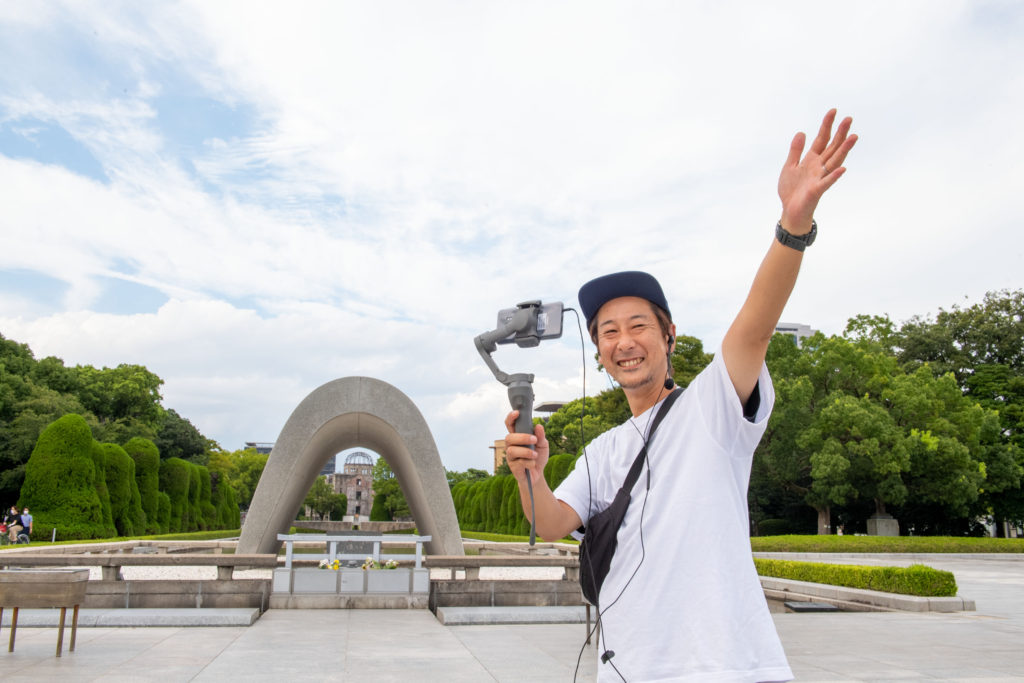
The COVID-19 pandemic saw the launch of an online school trip that brings participants to the Peace Memorial Park, the Atomic Bomb Dome, and other sites that were hit by the atomic bomb. We spoke to Mr. Ishitobi Satoshi, Representative of mint Co., Ltd., the company responsible for organizing and leading this online school trip, to learn more about the thoughts of the participants and his own ideas on what peace entails.
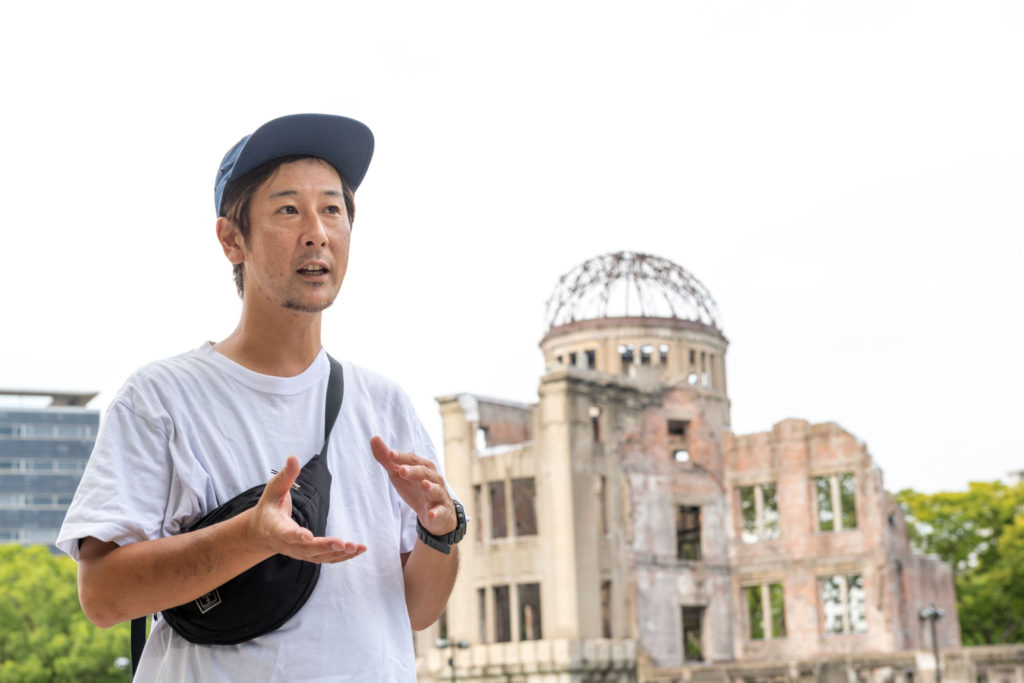
Initially, our company was organizing guided cycling tours to local spots on bicycles. We had wanted to bring people to some of the most captivating spots around here, and not just Miyajima and the Peace Memorial Park. A major selling point of these tours was to share the appeal of Hiroshima from the perspective of a local by visiting areas such as the Hiroshima Toshogu Shrine and the Dobashi Station. However, the participants of these tours started asking us many questions about war and peace, such as, “Why aren’t we visiting the Peace Memorial Park?” and “What kind of damage did the atomic bomb cause when it was dropped here?” We realized that many visitors came to Hiroshima because they wanted to learn more about these issues, so we started organizing a guided Peace Cycling Tour to the Peace Memorial Park and other sites that were hit by the atomic bomb. This tour attracted more and more participants as time went by, and eventually, more than 1,000 people were joining the tour every year.
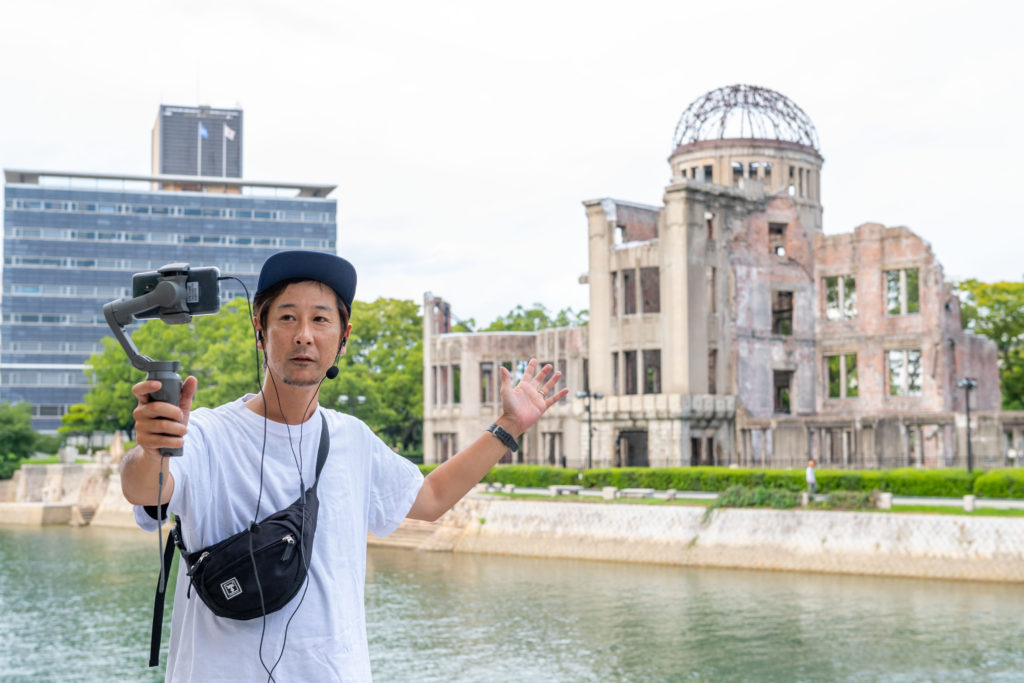
However, the COVID-19 pandemic hit the tour especially hard, as most of its participants were foreign tourists. To keep the tour going, we looked for supporters through crowdfunding. The number of people who endorsed our project exceeded our expectations, and we reached our goal surprisingly quickly. We made plans for the next phase of the project and decided to organize an “online school trip,” where we invited schools all over Japan to participate for free as a means of expressing our gratitude. Students were able to experience our Peace Cycling Tour virtually during this online school trip, and it quickly became very popular. Even after the event period, we continued to receive many enquiries about it, so we decided to set it up as an official tour in April this year. We have guided over 100 participants so far, including students whose school trips have been canceled due to the COVID-19 pandemic and foreigners who are unable to visit Japan.
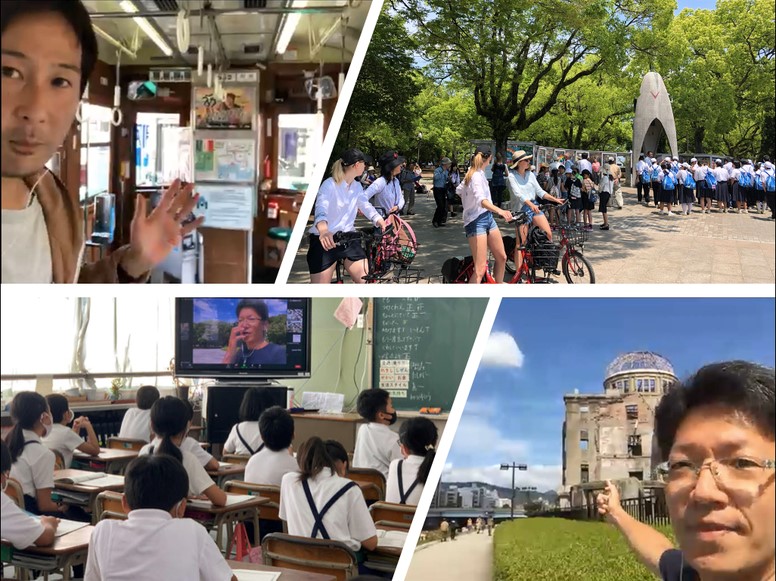
As its name suggests, this online school trip is a tour conducted virtually on the Internet. The tour starts in front of the Atomic Bomb Dome and explores the grounds of the Peace Memorial Park. If time permits, we also connect live to the atomic-bombed tram of the Hiroshima Electric Railway before ending the tour at around the one-hour mark. Our tour guide provides commentary on each spot on the screen during the tour. To ensure that the tour is interactive in nature, it also includes a quiz for the participants and presents materials culled from the past on the screen to draw their attention to the “true Hiroshima” of the past and present.
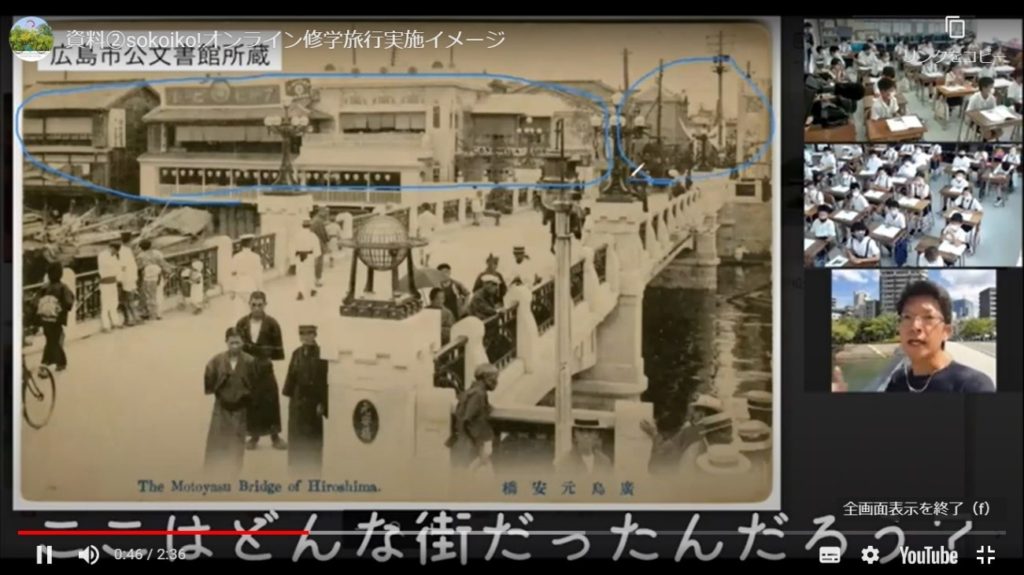
The participants will learn about the Nakajimacho area, where the Peace Memorial Park is now located, and how it used to be the busiest shopping district in Hiroshima and home to many ordinary people. They will also see the Atomic Bomb Dome in the distance come into view in the middle of the arch of the Cenotaph for the A-bomb Victims. This design was conceptualized by the architect Tange Kenzo, who had worked on the Peace Memorial Park, to allow visitors to catch sight of this symbolic structure in the hope for peace. With its detailed information and the use of gestures, this tour is designed to stimulate the imagination of participants. We have also set aside some time for Q&A and interactive feedback at the end of the tour, which offers the participants a virtual experience that resembles an actual physical tour.
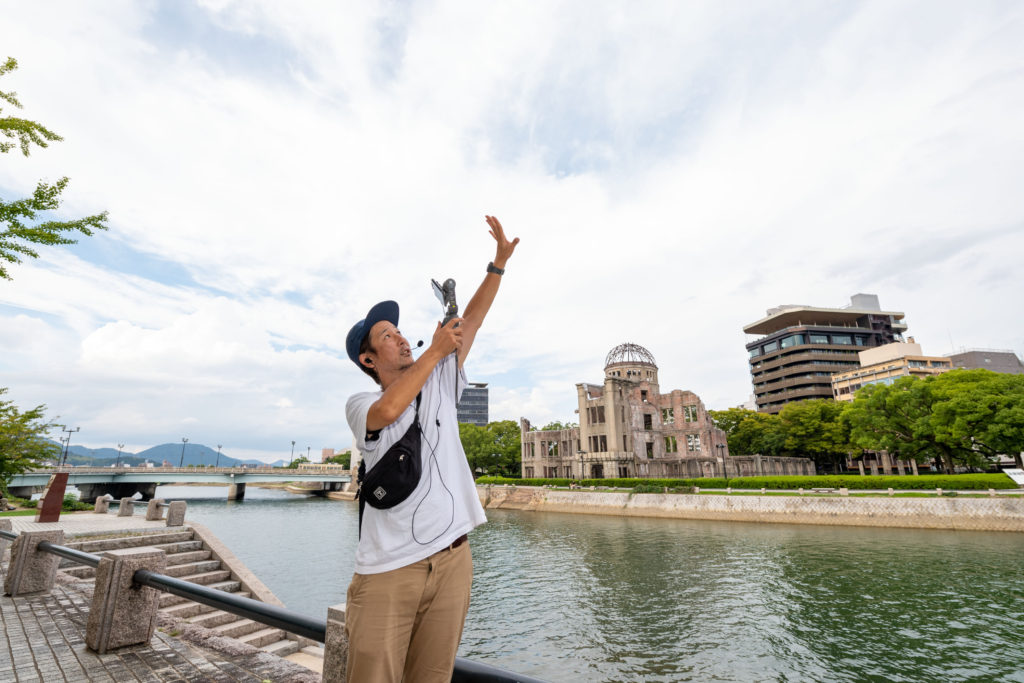
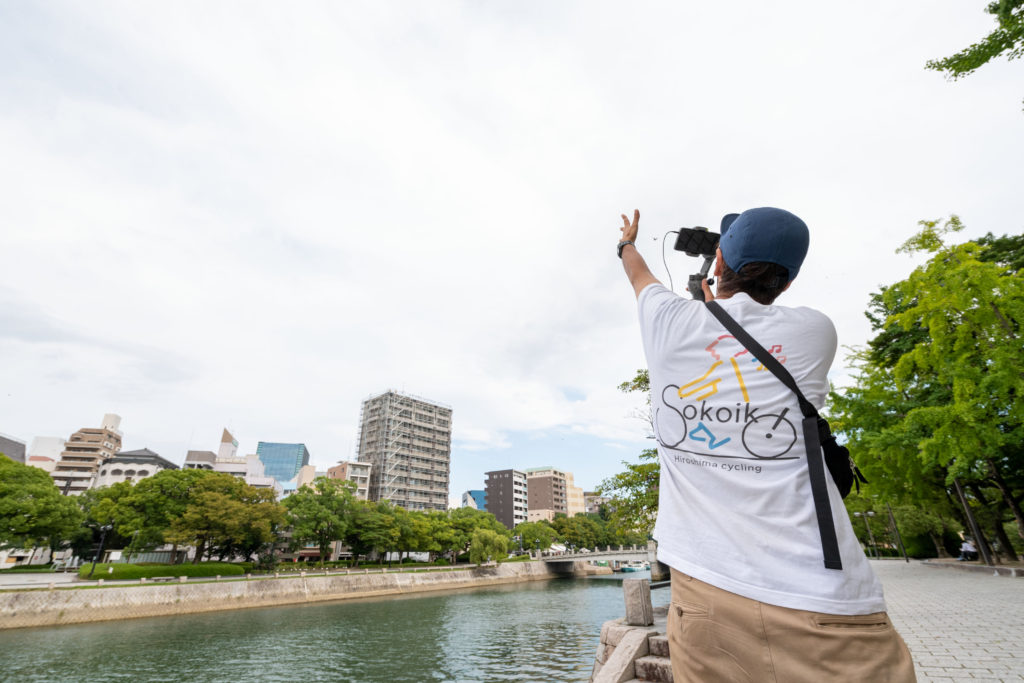
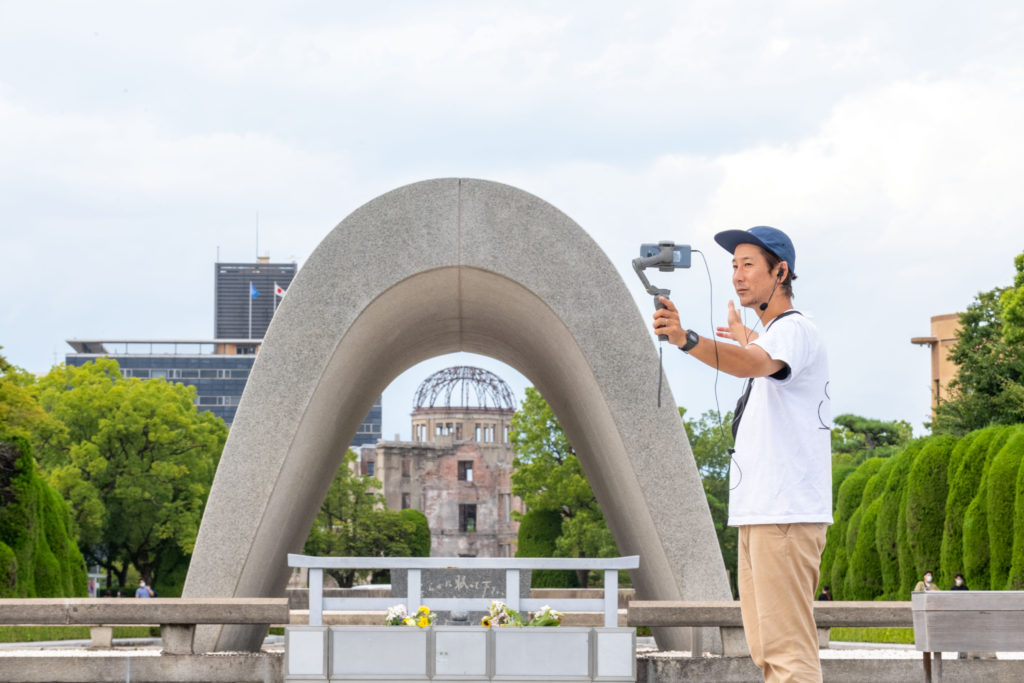
We have received a lot of feedback from participants so far, including how this tour has allowed them to understand Hiroshima better and how the stories of Hiroshima have given them courage. In particular, we are always delighted to hear participants say that they now want to visit Hiroshima. We hope that they can visit Hiroshima in person one day and experience the city with their own eyes.
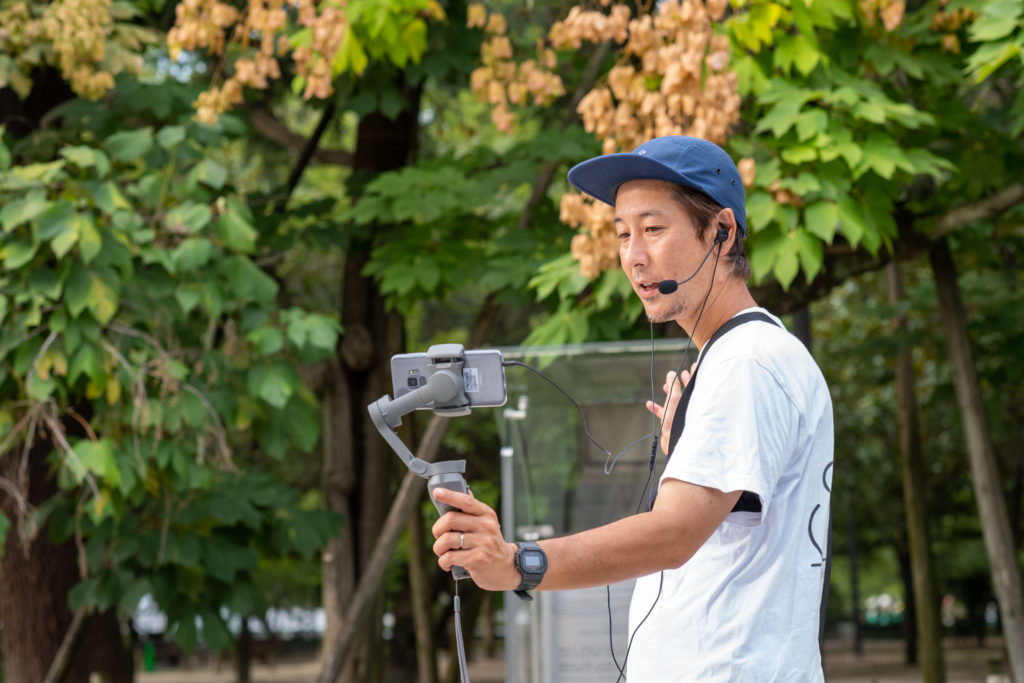
There are many things we hope to convey through this tour, but the most important is the resilience of the locals who were involved in reconstruction efforts. Although we share the tragedy of the war and the horrific events that had taken place in the past with participants, a major focus of our commentary is on how the city was able to become so beautiful and prosperous after more than 75 years have passed since the war ended. It has been said that the reason why the Hiroshima Electric Railway started running their trams in the city just three days after the atomic bombing was because they wanted the residents of Hiroshima to feel that some semblance of normal life had returned. The kindness and empathy of the people here is no doubt a vital part of the city’s successful reconstruction, and I believe that true peace lies in these qualities.

Occasionally, foreigners on the tour ask us forthcoming questions like “What do you think of those of us from the aggressor nations during the war?” In such cases, we always answer, “You are our friend.” One of the staff members at our company had lived through the war, and he told us to think of everyone in the world as our friends, because if we do that, we will never think of dropping a bomb on our friends. His words really resonated with me. In fact, we have forged friendships with people from all over the world through what we have been doing, and we can share our hope for peace with them. Harboring negative feelings will only result in a vicious cycle of more negative feelings. I believe that the only way to maintain peace in the world is for people to genuinely care for one another, which is also something we have witnessed under the unprecedented circumstances of the COVID-19 pandemic. It is now time for all of us to remember the empathy and warmth of those who were involved in the reconstruction efforts.
For general enquiries about the online school trip:
https://www.sokoiko-mint.com/ (mint Co., Ltd.)
Tags associated with this article



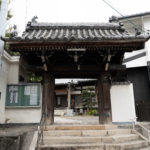
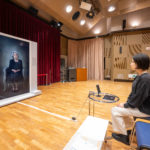

-150x150.png)

